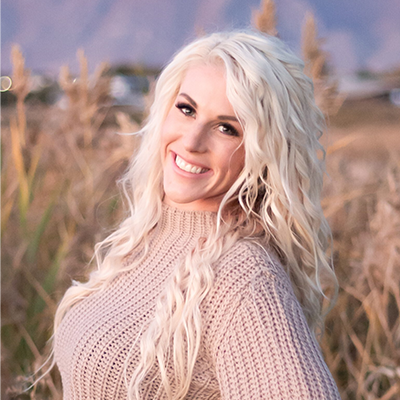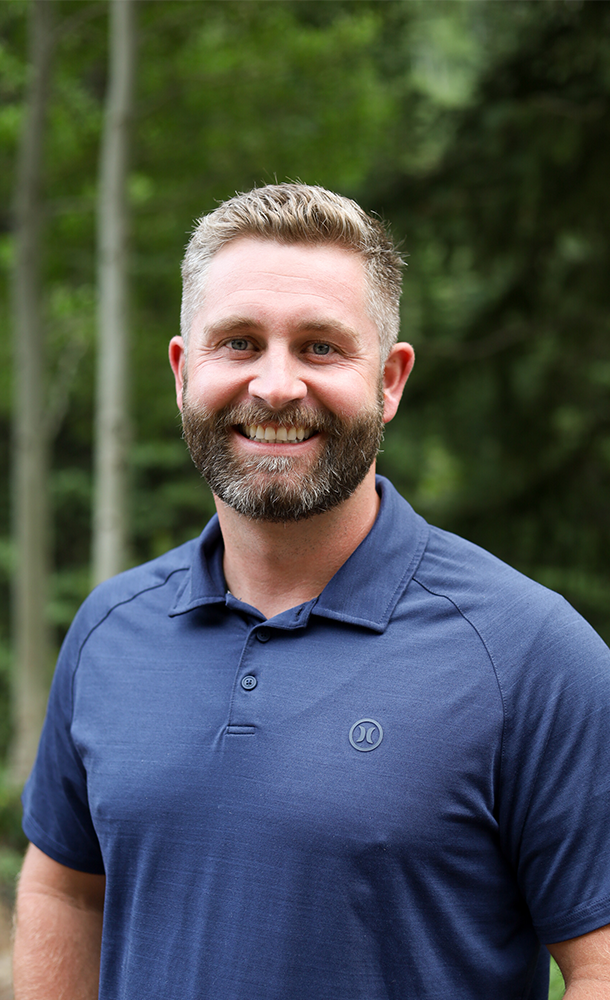The Farm Bill is a bipartisan piece of legislation, renewed about every 4 years by Congress to facilitate the strengthening of Agriculture throughout the United States. Since the 1930s, there have been 18 farm bills enacted by Congress, and because the bill is a compilation of programs, mandatory and discretionary funding, and directives, its priorities can shift with each reauthorization. It affects every single member of the agricultural community, but it can be difficult to understand how the Farm Bill affects your own ranch.
Why does the Farm Bill 2023 matter for ranchers?
The most recent Farm Bill, reauthorized in 2018, allocated $428 billion over its duration. And, with the COVID-19 pandemic, farmers saw over $30 billion in supplemental funding to account for losses. Though, despite some semblance of government relief, uncertainty is still looming around the nation’s food production. Russia’s war on Ukraine has created global food insecurity, but with the potential 2023 Farm Bill, producers could see the reinstatement of a safety net for food items that are grown nationally - your cattle and forage included.
The current baseline projection for funding for 2023’s Farm Bill allocates $80 billion to crop insurance over the next 10 years, with the rest of the $1,295 billion 10-year baseline projection being split among other commodity programs, conservation efforts, trade facilitation, nutrition programs, credit authorizations, rural development initiatives, research funding, forestry, energy, horticulture provisions, and other miscellaneous projects. With crop insurance’s relatively large allocation of potential funding, it’s important to understand what it is, how it works, and how it could be beneficial to your operation.

What is Crop Insurance?
Crop insurance is a phenomenal risk management tool that can help you protect your operation from rainfall volatility, market swings, and lower-than-expected yields. Although some typically consider crop insurance to be a farmer-focused program, ranchers can also benefit from it in two main forms: Pasture, Rangeland, and Forage (PRF) insurance, and Livestock Risk Protection (LRP) insurance. Both are administered by the USDA and are sold by private insurance companies like Redd Summit Advisors. With no upfront cost, And because any potential indemnity payments made by these policies will first go towards your premium, you may never have to pay out of pocket for either coverage scenario.

Pasture, Rangeland, and Forage Insurance
PRF insurance protects your ranch from rainfall volatility. With coverage, you can receive indemnity payments for insured periods when rainfall is lower than the 70-year average for your area. This coverage can lessen any incurred loss from lack of forage, balance it out entirely, or even be a net positive for your ranch. For many ranchers, PRF insurance is a major risk management tool and can make the difference in being able to afford extra bales of hay to supplement forage loss, replacement heifers, or contribute to savings accounts.
Livestock Risk Protection Insurance
While PRF protects you against volatile rainfall, LRP insurance protects you against volatile livestock markets. This type of coverage is available for both fed and feeder cattle and enables you to lock in on a market price based on the USDA’s Agricultural Market Service. You are then able to receive indemnity payments if during your chosen endorsement period the market price drops below your locked-in price. There is no minimum number of head required to be insured, and you are able to bring livestock to market within 60 days of the end of the endorsement window but are not required to sell any insured livestock. Like PRF insurance, your premium will not be due up-front, and is instead due 30 days after the end of your endorsement period, though again, you may not have a payment due at all if your indemnity payments cover the full balance.
What Disaster Relief Programs are in the Farm Bill?
The other area of the Farm Bill that warrants your attention is Title I: Supplemental Agricultural Disaster Assistance. Title I covers five assistance programs, but it’s mainly the first four that would be relevant to ranchers or livestock producers: the Livestock Indemnity Program (LIP), Livestock Forage Disaster Program (LFP), and the Emergency Assistance for Livestock, Apiculture (or Honey Bees), and Raised Catfish Program (ELAP).

Livestock Indemnity Payments (LIP)
Starting from the top, LIP provides benefits to livestock producers when livestock deaths exceed the normal mortality rate due to certain circumstances. Qualifying events are adverse weather and attacks from wild animals that are protected under federal law or were introduced into the environment by the federal government. This program uses mandatory unlimited funding, though there is a per-person payment limit.
Livestock Forage Disaster Program (LFP)
With LFP, producers can receive assistance with grazing losses due to drought conditions during the normal grazing period, in addition to grazing losses caused by fires on federally managed land. This is also covered by mandatory unlimited funding but is subject to a per-person payment limit.
It’s also important to note the assistance provided by LFP during times of historically low rainfall is not synonymous with the coverage offered through PRF insurance. Where PRF insurance provides indemnity payments automatically whenever rainfall is less than the 70-year average in your area, LFP allocates assistance based on perceived need only if your area’s rainfall data falls within drought parameters. This means that you may not qualify for LFP unless rainfall in your area is 25% or more below average.
Emergency Assistance for Livestock, Honey Bees, and Raised Catfish (ELAP)
Lastly, ELAP assists eligible producers of livestock, honey bees, and farm-raised catfish when they experience losses due to adverse weather or loss conditions, including blizzards, disease, water shortages, and wildfires. Unlike LIP and LFP, ELAP is subject to a maximum mandatory annual funding limit of $20 million, as well as a maximum per-person limit.
As a final note here, all of these disaster relief programs can be used in conjunction with crop insurance. While these programs provide payments based on perceived need, crop insurance programs like PRF and LRP issue payments automatically when you incur a loss.
What to expect from the Farm Bill 2023
The current Farm Bill was enacted in 2018, and with its expiration date of 2023 fast approaching, there are a lot of conversations going on about what should be added to 2023’s reauthorization, and how its projected funding will be allocated across its many programs.
According to a panel discussion in Minnesota that was reported on by AgWeek, some top areas of concern for ranchers in particular involve more support for livestock disease outbreaks “such as hoof and mouth disease, and African Swine Fever.” Several also expressed concern that LRP insurance, as discussed above, is not accessible to all livestock producers. However, these ranchers also urged policymakers not to make changes to PRF insurance, which ranchers can utilize to receive coverage when rainfall in their area is historically low.

While hearings and committee meetings are already taking place in Washington D.C. to discuss the 2023 legislation, you can voice your own opinions and concerns at your local state and regional meetings. A great way to get started is by gaining a better understanding of how the Farm Bill will impact you, as a producer.
In the meantime, it's never a bad idea to understand how USDA-subsidized PRF and LRP insurance can benefit your operation, especially with the December 1st deadline for 2023 PRF coverage fast approaching. Call Redd Summit Advisors at 1-800-825-2355 to speak with an agent, or fill out our online form to receive a free, no-obligation policy preview.





.webp)




